Mehrangarh Fort Jodhpur
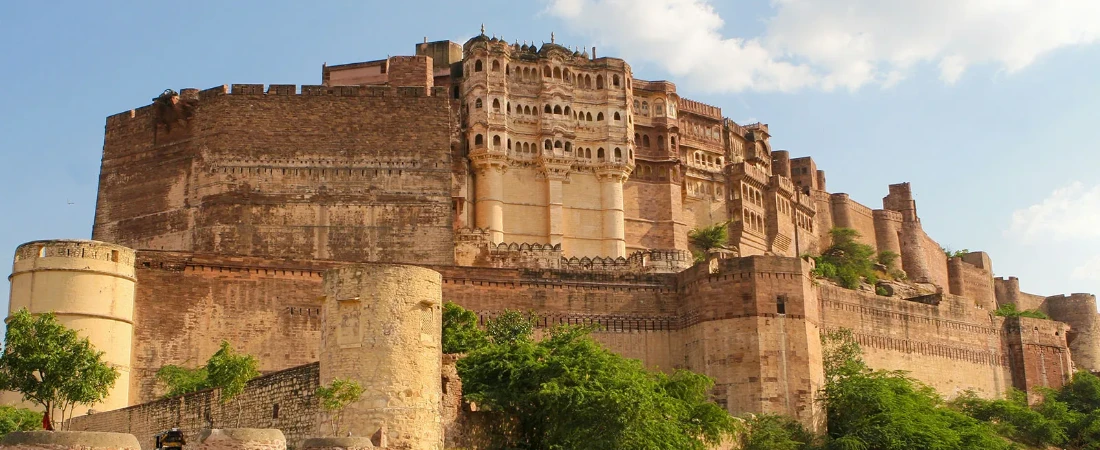
Perched atop a rocky hill, Mehrangarh Fort Jodhpur stands as one of the most magnificent and well-preserved forts in India. Overlooking the iconic Blue City, the fort is a breathtaking example of Rajputana architecture, history, and culture. Built in 1459 by Rao Jodha, the founder of Jodhpur, the fort was designed to be both a defensive stronghold and a royal residence. Rising 410 feet above the city, Mehrangarh dominates the skyline and provides panoramic views that are nothing short of spectacular. Walking through its colossal gates, you enter a different era—one of valiant kings, intricate artistry, and grand celebration. What sets Mehrangarh apart is its unique combination of rugged military design with delicate architectural details, seen in the carvings, palaces, and courtyards. Today, the fort is a popular tourist attraction, museum complex, and cultural venue that offers an unforgettable journey through Rajasthan’s regal past. Whether you're fascinated by history, drawn to art, or simply in awe of majestic views, Mehrangarh Fort is a place that captures the imagination and leaves a lasting impression on every traveler.
The History of Mehrangarh Fort
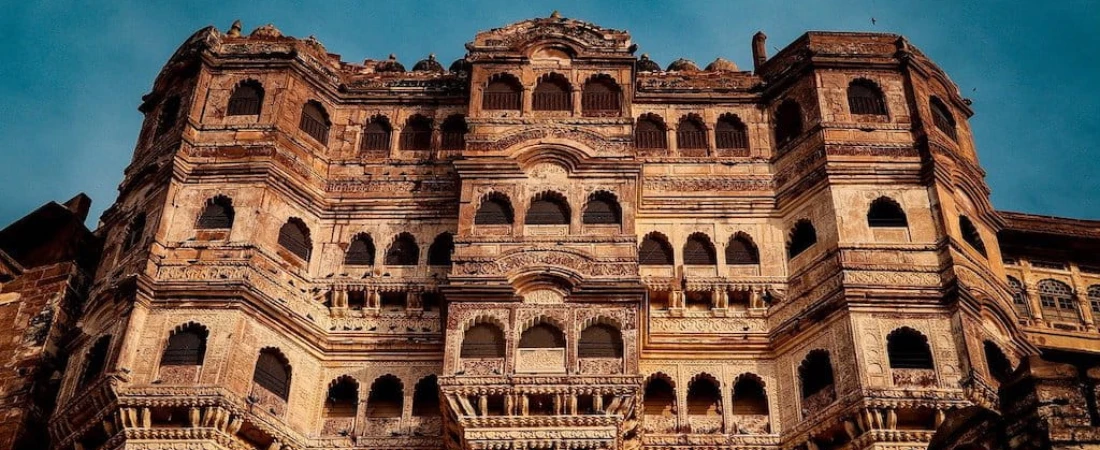
The story of Mehrangarh Fort begins with Rao Jodha, the 15th-century Rathore ruler who founded the city of Jodhpur. He chose a high rocky hill known as Bhakurcheeria, or “Mountain of Birds,” as the site for his new capital. The fort’s strategic location gave it a commanding view over the surrounding plains, offering natural defense against invaders. However, the construction of the fort was not without conflict. According to legend, the hill was occupied by a hermit named Cheeria Nathji. When Rao Jodha displaced him, the hermit cursed the land, saying it would suffer from water scarcity. To counter this curse, a man named Raja Ram Meghwal was voluntarily buried alive in the foundations of the fort as a form of sacrifice, a story that is still remembered by honoring his descendants to this day.
Construction of the fort began in 1459, but much of what stands today was expanded by successive rulers, especially during the reign of Maharaja Jaswant Singh in the 17th century. Unlike other forts that were abandoned or destroyed, Mehrangarh remained under the continuous control of the Rathore dynasty. Over time, the fort not only served as a military bastion but also became a center of governance, culture, and celebration. Its long-standing history of war, power, and diplomacy makes it a living museum that showcases the legacy of one of Rajasthan’s most influential kingdoms.
The Architecture of Mehrangarh Fort
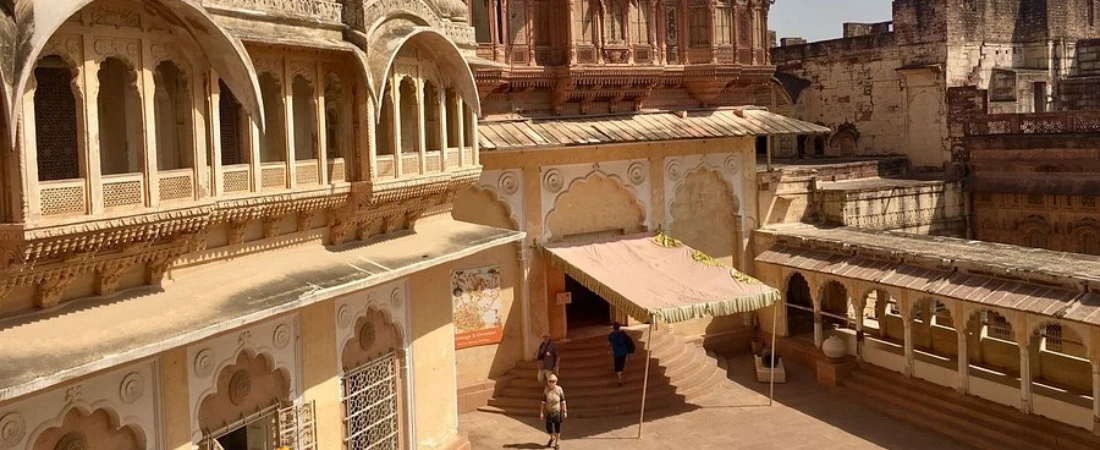
Mehrangarh Fort’s architecture is a remarkable blend of practicality and artistry. Its massive stone walls—some of which rise over 30 meters high and are up to 6 meters thick—were built to withstand any siege. The entrance to the fort is marked by a winding road that passes through a series of monumental gates, each built to commemorate a significant historical event or victory. For example, Jayapol was built by Maharaja Man Singh after defeating the armies of Jaipur and Bikaner. Loha Pol, the final gate into the main complex, bears the poignant handprints of royal women who committed sati, a tragic but important part of Rajput history.
Inside the fort, the atmosphere changes completely. You are no longer walking through a military structure, but rather through a royal palace complex. The palaces within Mehrangarh are rich with artistic detail, featuring intricately carved panels, latticed windows (jharokhas), colorful frescoes, and mirrorwork. The most notable palaces include Phool Mahal, or the Palace of Flowers, which was used for private royal entertainment and adorned with gold-covered ceilings; Moti Mahal, or the Pearl Palace, which served as the king’s audience hall and is known for its rich plasterwork and royal throne; and Sheesh Mahal, or the Mirror Palace, with walls covered in tiny reflective glass pieces that create a dazzling effect. Each section of the fort tells a different story, representing various phases of construction over centuries. The architectural design also cleverly uses natural terrain and elevation to create defensive advantages while incorporating beauty and royal elegance into every corner.
Inside Mehrangarh Museum
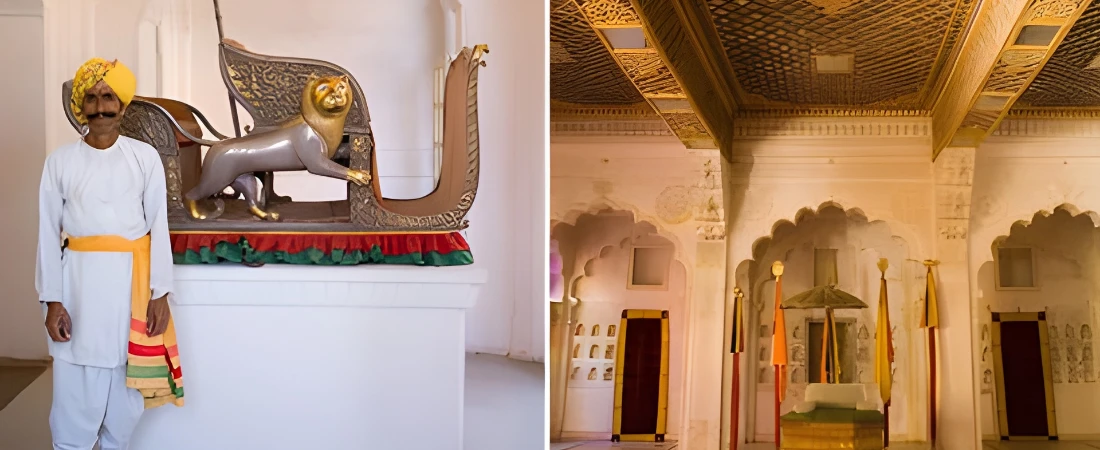
One of the most enriching parts of visiting Mehrangarh Fort is exploring the Mehrangarh Museum, which is widely considered one of the best-preserved and curated palace museums in India. This museum showcases an extraordinary collection of artifacts that belonged to the royal families of Marwar, providing an intimate look into the life and traditions of Rajasthan’s former rulers. The museum is divided into several themed galleries, each focusing on a different aspect of royal heritage.
The Palanquin Gallery displays a collection of ornately decorated palanquins that were once used by queens and noblewomen. These palanquins are not just practical transport devices but are works of art, adorned with silver, gold, velvet, and intricate woodwork. The Howdah Gallery features elaborate elephant seats that were once mounted on royal elephants during processions, each one telling a story of regal power and celebration. The Armory Gallery exhibits swords, shields, helmets, and armor, many of which are inlaid with precious stones or bear inscriptions of historic battles. These weapons highlight the martial culture of the Rajputs and their deep sense of honor in warfare.
The museum also includes a collection of miniature paintings from the Marwar school, which are known for their vibrant colors, religious themes, and detailed brushwork. These paintings often depict scenes from Hindu epics, royal life, and nature. In the Textile Gallery, you’ll find turbans, robes, and ceremonial dresses that reflect the rich fashion and status symbols of the time. Each gallery is well-lit, labeled in multiple languages, and designed to offer a smooth journey through Marwar’s royal past. Whether you’re an art lover, a history enthusiast, or simply curious about Rajasthan’s culture, the museum is a treasure trove of knowledge and visual delight.
The Blue City View
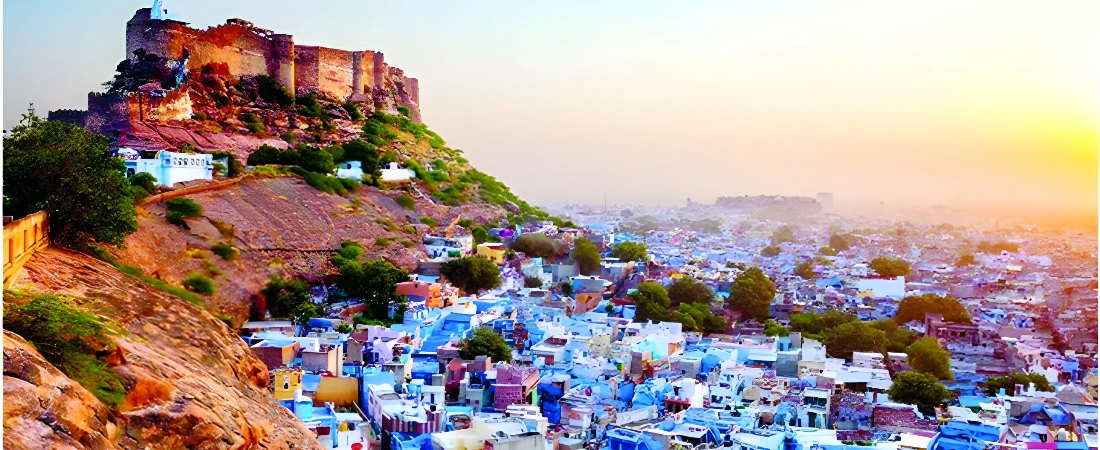
One of the most magical experiences at Mehrangarh Fort Jodhpur is standing atop its high walls and gazing out over the sprawling landscape below. What you see is not just a city, but a sea of blue. The tightly packed houses of Jodhpur, painted in varying shades of blue, stretch as far as the eye can see, earning it the name “Blue City.” This unique color tradition has both practical and cultural roots. Originally, the blue color indicated homes of Brahmins, the priestly caste. Over time, others adopted the color for its cooling effect in the harsh desert heat and its supposed ability to repel insects.
From the fort’s ramparts, the view is truly breathtaking. The contrast between the warm red sandstone of the fort and the cool blue tones of the city below creates a surreal visual effect. The best times to enjoy this view are early morning or during sunset, when the light softens and the city seems to glow. Photographers, artists, and travelers often cite this view as one of the most memorable sights in Rajasthan. The panoramic perspective not only offers beauty but also provides a sense of how the city grew around its fortress, with winding alleys, ancient temples, and bustling markets forming a vibrant cultural tapestry. No visit to Mehrangarh is complete without pausing here to take in the quiet majesty of the Blue City below.
Festivals and Culture at Mehrangarh
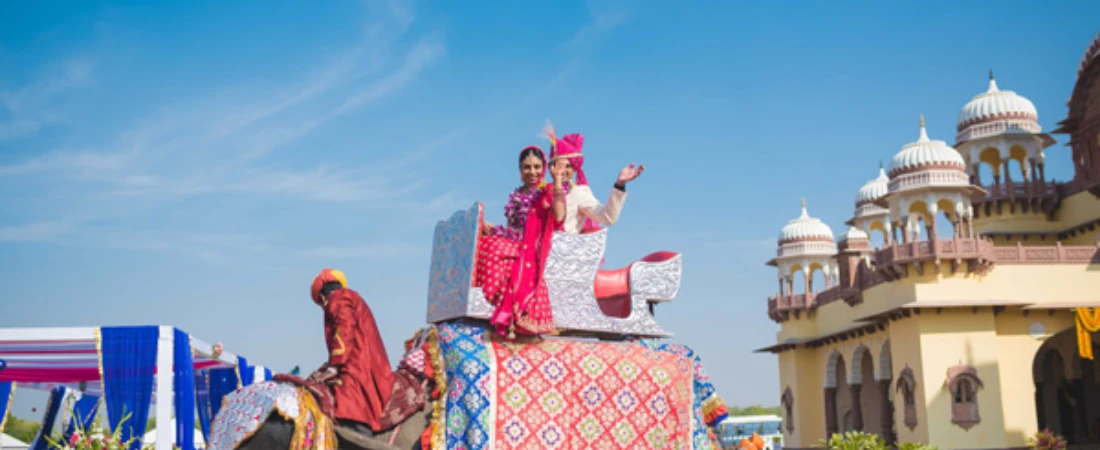
Mehrangarh Fort is not just a relic of the past—it’s a vibrant cultural hub that continues to celebrate Rajasthan’s rich traditions through festivals and events. One of the most prominent festivals held here is the Rajasthan International Folk Festival (RIFF), which takes place every October. Supported by UNESCO, RIFF is a musical extravaganza that brings together folk artists from across Rajasthan and around the world. Performances are held in the fort’s courtyards under the full moon, creating a magical blend of ancient surroundings and timeless music.
Another celebrated event is the World Sacred Spirit Festival, which features spiritual music from Sufi, classical, and devotional traditions. This festival focuses on global peace, unity, and the celebration of sacred sound, all set against the backdrop of the fort’s majestic architecture. In addition to these annual festivals, Mehrangarh hosts art exhibitions, cultural workshops, and educational programs that keep its legacy alive. The fort has also become a popular venue for destination weddings, fashion shoots, and film productions, further cementing its role as a living monument.
These events breathe life into the ancient walls of the fort, transforming it from a historical site into a dynamic space of celebration and creativity. If you time your visit to coincide with one of these festivals, you’ll experience the fort in a completely different light—full of energy, music, and the spirit of Rajasthan.
Final Thoughts
Mehrangarh Fort Jodhpur is more than just an architectural wonder—it is a gateway to the soul of Rajasthan. From the moment you walk through its towering gates, you step into a world of bravery, artistry, and royal splendor. The fort’s impressive structure, layered history, artistic treasures, and awe-inspiring views come together to create a deeply immersive experience. Whether you’re exploring the palatial museums, watching the city fade into the desert from the ramparts, or attending a cultural festival under the stars, Mehrangarh offers something profound and unforgettable.
Its blend of preservation and living tradition makes it one of the finest examples of heritage tourism in India. For anyone traveling through Rajasthan, visiting Mehrangarh is not just a stop—it is a highlight, a story, and a memory. It represents everything that makes Jodhpur special: courage, color, culture, and timeless beauty


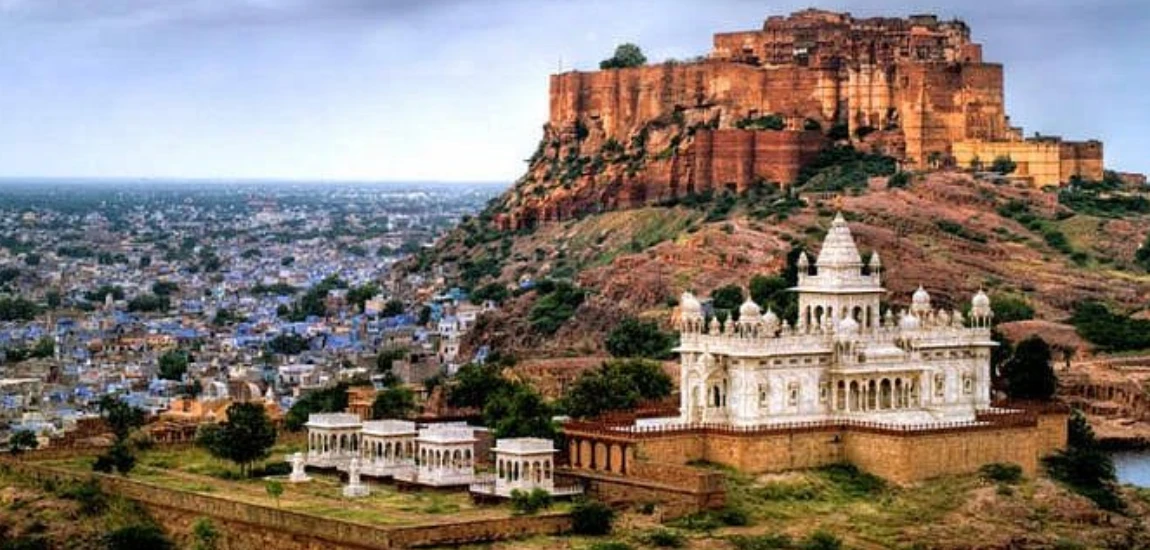
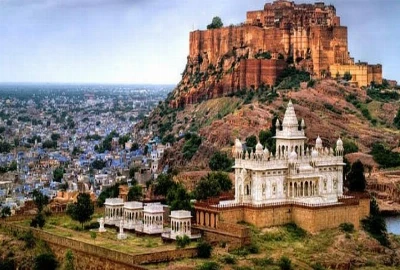
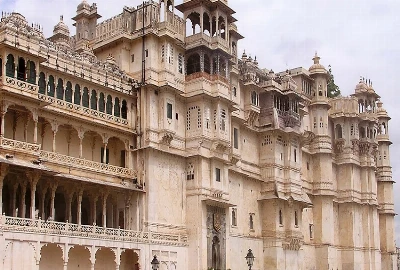


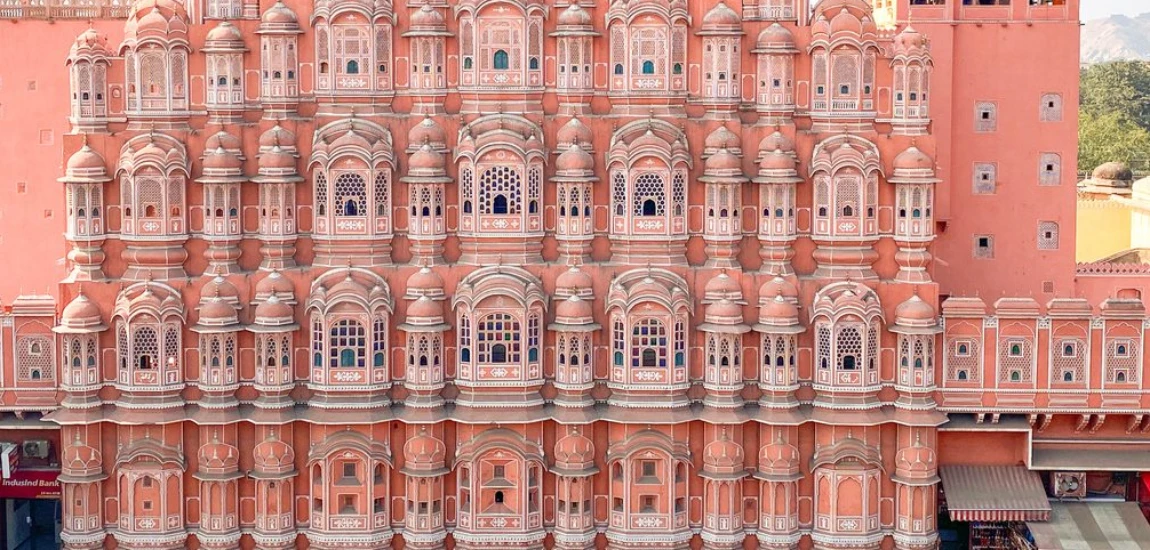
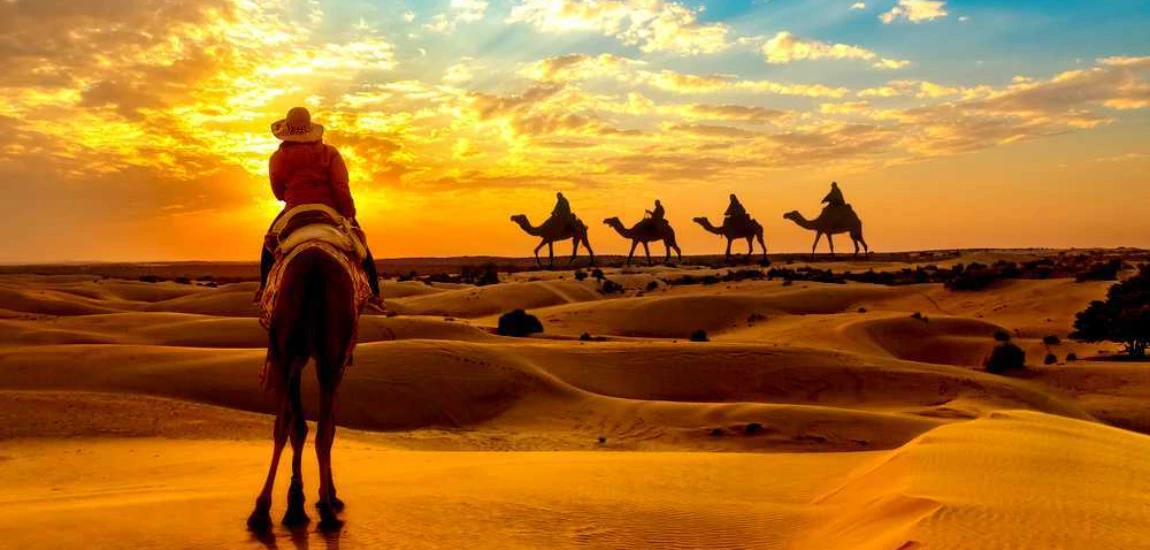
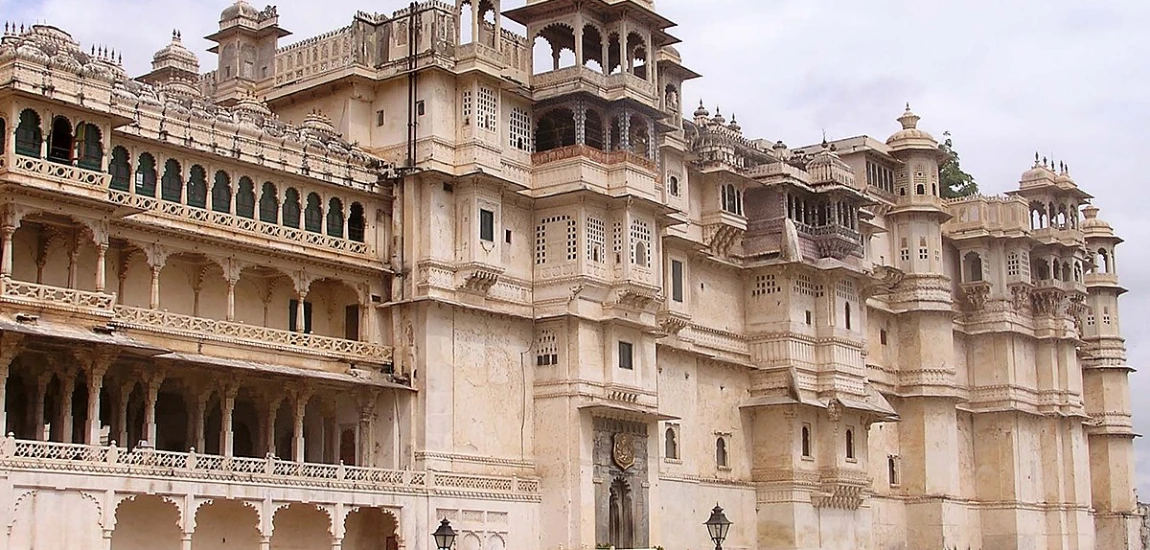
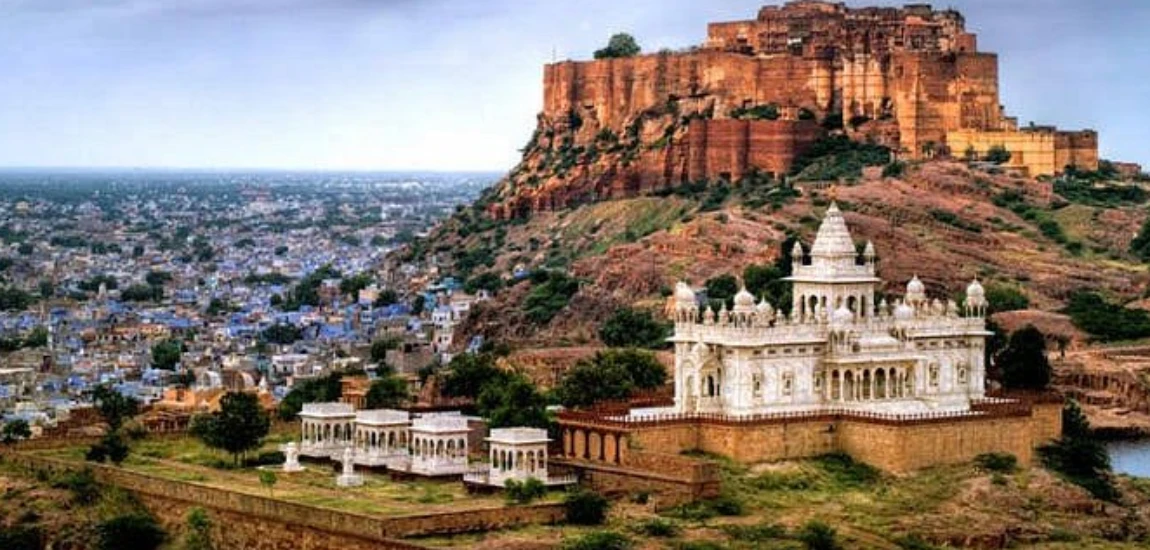
Leave a comment